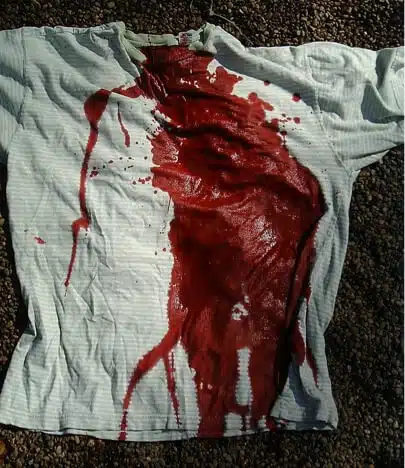
How much blood is in our body?
This depends on the individual’s size. A rough guide is that we have a pint of blood per stone of body weight, or 0.5 litres per 7kg. The average adult has between 8 and 12 pints (4.5 and 6.5 Litres) of blood. This rule does not work for an overweight person.
Children tend to have less blood, for example, a baby may have a pint of blood; if that baby loses half 1/2 pint, they will have a severe drop in blood pressure, whereas an adult may have a slight drop.
Types of bleeding
Arterial
The blood in the arteries is under constant high pressure. A wound to a major artery can be identified as bright red blood squirting from the wound being pumped out with every beat the heart makes. Blood loss occurs rapidly, and the casualty will go into shock quickly.
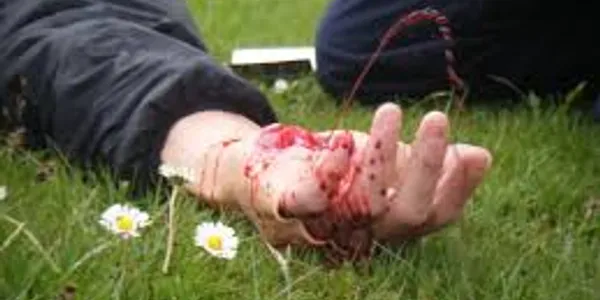
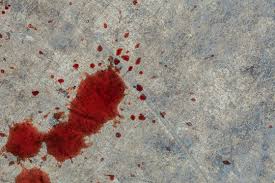
Venous
Veins are not under pressure. The blood they carry is deoxygenated; the colour is not as bright as the arterial blood, and the blood tends to pour from the wound; a bleeding vein can cause the casualty to go into shock.
Capillary
Bleeding from the capillaries is common in all wounds. These small blood vessels are located all over the body and close to the skin’s surface. A paper cut is a good example, where the blood trickles from the wound. Blood loss tends to be easy to control; however, some medications, such as blood thinners, may hinder recovery.
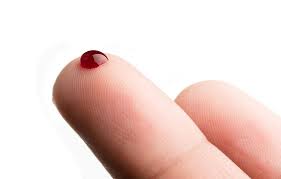
The effects of blood loss
The amount of blood loss may affect an individual differently; consider the size, and weight of the casualty and use the table below to assist. As you can see 30% or more blood loss will cause a rapid deterioration of the casualty.
[table id=2 /]
Types of Wounds and Basic Treatment
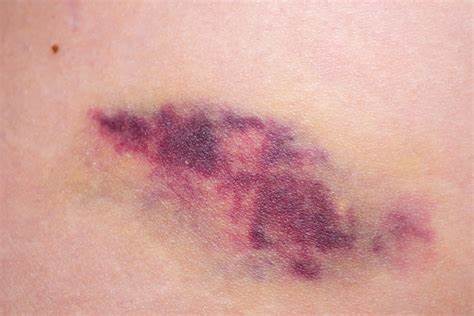
Contrusion
A bruise is caused by the rupture of capillaries bleeding under the skin, caused by a blunt blow or by an underlying injury such as a fracture.
- Apply a cold compress or ice pack to the area immediately, or use cool water to soothe it.
Abrasion
A graze, where the top layers of skin are scraped off, is often caused by friction or sliding on rough surfaces like concrete. The wound may contain particles, and there is a risk of infection.
- Dirt and grit should be washed off using water. Use a sterile swab, cleaning from the center of the graze outwards to help remove debris. Cover the graze with a clean, non-adhesive dressing and monitor for any signs of infection.
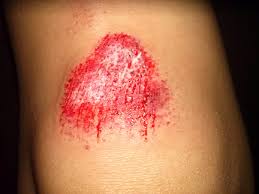
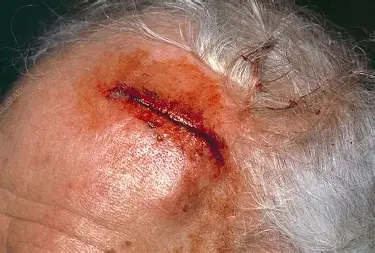
Laceration
Is a type of traumatic injury where the skin and underlying tissues are torn rather than cut cleanly. These wounds can vary in severity, from superficial cuts to deep injuries affecting muscles, nerves, or blood vessels.
- Apply Direct Pressure – Use a clean cloth or sterile gauze to press firmly on the wound to slow bleeding.
- Elevate the Injured Area – If possible, raise the wounded limb above heart level to reduce blood flow.
- Use a Bandage or Dressing – Once bleeding slows, cover the wound with a sterile dressing to protect it.
- Consider a Tourniquet (for severe bleeding) – If direct pressure isn’t enough, a tourniquet may be necessary for limb injuries.
Some wounds may require stitches, antibioticor tetanus shots, depending on the severity and risk factors. If the injury involves foreign objects, deep tissue damage, or excessive bleeding, emergency care is essential.
Incision
A clean, straight cut into the skin, often caused by sharp objects like knives or surgical tools. Unlike lacerations, which have jagged edges.
- Sit or lay: Position the casualty safely to prevent further injury.
- Examine: Assess the wound for size, severity, and any embedded objects.
- Elevate: If the wound is on a limb, raising it can help slow bleeding.
- Pressure: Apply direct pressure to control the bleeding, using gloves or a barrier if available.
If the bleeding is severe or does not stop, Call 999/112 for emergency help
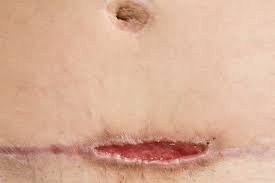
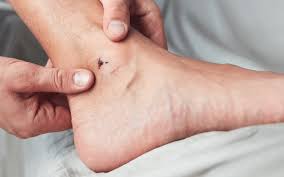
Puncture
Puncture wounds are caused by a sharp object piercing the skin, such as being stabbed or standing on a nail creating a small but potentially deep hole. These wounds don’t usually bleed much, however underlying organs and blood vessels may be severely damaged with potential infections.
- Stop the bleeding – Apply gentle pressure with a clean bandage or cloth.
- Clean the wound – Rinse with clear water for 5–10 minutes. If dirt remains, gently scrub it off.
- Cover the wound – Use a sterile bandage and change it daily or when dirty.
- Watch for infection – Look for redness, swelling, pus, or fever. If any of these appear, seek medical attention.
- Call emergency help 999/112 if the wound:
- Keeps bleeding after applying pressure.
- Was caused by an animal or human bite.
- Is deep, dirty, or caused by a metal object.
- Is located on the head, chest, or abdomen.
- Shows signs of infection like spreading redness or pus.
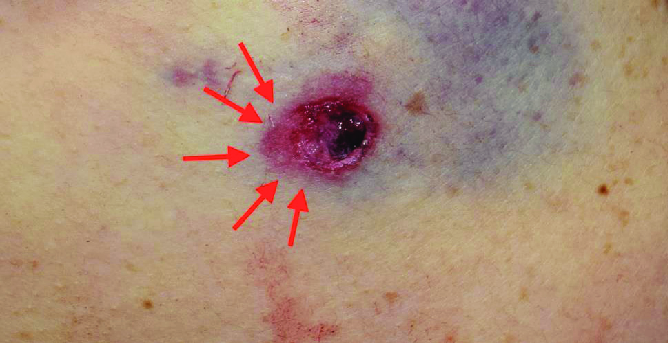
high-velocity wound
Caused by a projectile traveling at extremely high speeds, such as bullets . These wounds can cause severe tissue damage, bone fractures, and internal injuries due to the shockwave effect created upon impact.
Call emergency services – 999/112
Control bleeding – Apply direct pressure with a clean cloth or bandage.
Do not remove embedded objects – If a projectile is lodged, leave it in place and stabilize it.
Position carefully – Avoid unnecessary movement to prevent further injury.
Amputation
An amputation injury occurs when a limb or extremity is partially or completely severed due to trauma, medical conditions, or surgical intervention.
Call emergency services – Seek medical help 999/112
Control bleeding – Apply direct pressure with a clean cloth or bandage.
Elevate the injured area – If possible, raise the limb to slow bleeding.
Preserve the severed part – If applicable, wrap it in a clean, damp cloth, place it in a sealed plastic bag, and keep it cool (but do not place it directly on ice).
Monitor breathing and consciousness – If the person is unresponsive, check for breathing and begin CPR if trained.
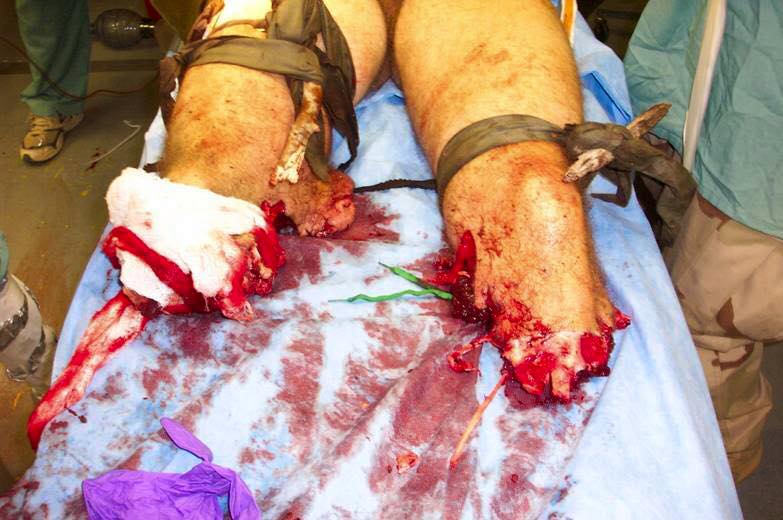
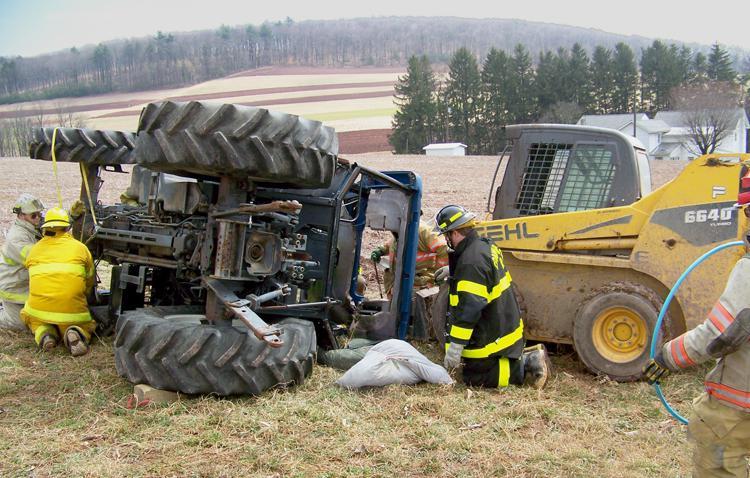
A crush injury occurs when a body part is subjected to extreme pressure, often between two heavy objects. This can lead to severe damage to muscles, nerves, and blood vessels, potentially causing complications like compartment syndrome, rhabdomyolysis, and acute kidney injury.
Common Causes:
- Industrial accidents (machinery entrapment)
- Natural disasters (building collapse)
- Road traffic collisions
- Heavy object falls
Symptoms:
- Severe pain and swelling
- Bruising and discolouration
- Loss of sensation or movement
- Shock due to blood loss
- Kidney failure from muscle breakdown
Treatment:
- Immediate medical attention is crucial.
- Fluid resuscitation to prevent kidney damage.
- Surgical intervention if necessary.
- Pain management and wound care.
Crush injuries can be life-threatening, especially if left untreated
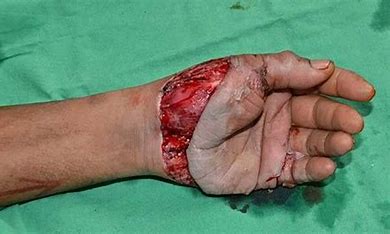
De-gloved
A degloving injury is a severe type of trauma where the skin and underlying tissue are forcibly separated from the muscle, bone, or connective tissue beneath. It can be open (where the skin is visibly torn away) or closed (where the separation occurs internally, often forming fluid-filled pockets).
- Call emergency services immediately
Control Bleeding
- Apply direct pressure using a sterile dressing or clean cloth.
- If bleeding is excessive, use indirect pressure points (e.g., brachial or femoral artery).
- Avoid tourniquets unless trained, as they can cause further damage.
Protect the Exposed Tissue
- Do NOT remove any attached skin or tissue.
- Cover the wound with a sterile, non-stick dressing.
- If possible, keep the detached skin (if clean) and transport it with the patient.
Prevent Shock
- Lay the person down and elevate their legs (unless there’s a spinal injury).
- Keep them warm and calm.
- Monitor for signs of shock (pale skin, rapid breathing, confusion).
Avoid Contaminating the Wound 🚫
- Do NOT apply ointments or antiseptics.
- Do NOT attempt to clean the wound—leave this to medical professionals.
SEEP
SEEP is a first aid mnemonic used to manage major bleeding effectively. It stands for:
- Sit or lie: Position the casualty safely to prevent further injury.
- Examine: Assess the wound for size, severity, and any embedded objects.
- Elevate: If the wound is on a limb, raising it can help slow bleeding (especially venous bleeding).
- Pressure: Apply direct pressure to control bleeding until medical help arrives.
This method is widely taught in first aid training to ensure quick and effective response to severe bleeding incidents.
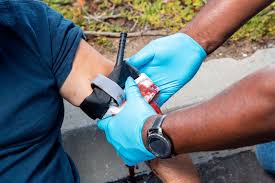
Indirect pressure
Is used in first aid when direct pressure isn’t possible or effective. It involves applying pressure to an artery supplying the bleeding area to slow blood flow. Common pressure points include:
- Brachial artery (upper arm)
- Femoral artery (upper thigh)
However, guidelines suggest direct pressure is more effective for controlling severe bleeding. If bleeding is uncontrolled, emergency medical help should be sought immediately.
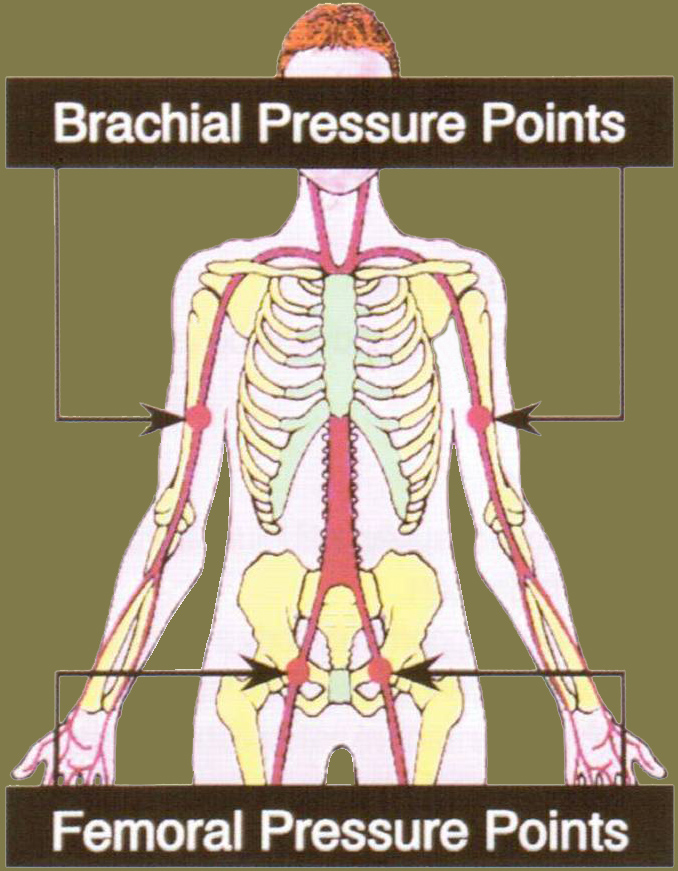
On the next page,
We will look at cardio shock and its common cause.
Internal Bleeding

Internal bleeding occurs when blood leaks from blood vessels inside the body, rather than from an external wound. Trauma, medical conditions, or complications from surgery can cause it. Symptoms vary depending on the location and severity, but may include dizziness, severe pain, weakness, swelling, and fainting. In some cases, internal bleeding can be life-threatening and requires immediate medical attention.
Common causes include blunt trauma, fractures, aneurysms, and bleeding disorders. If you suspect internal bleeding, it’s crucial to seek medical help right away.
Signs and symptoms of internal bleeding depend on the location and severity of the bleeding. Some general symptoms include:
- Dizziness or fainting – Due to blood loss and reduced oxygen supply.
- Severe pain – Especially in the abdomen, chest, or affected area.
- Swelling or tightness – Blood pooling internally can cause noticeable swelling.
- Bruising – Unexplained bruises or discoloration may indicate internal bleeding.
- Weakness or fatigue – A drop in blood volume can lead to extreme tiredness.
- Shortness of breath – If bleeding affects the lungs or heart.
- Coughing up blood – A sign of bleeding in the respiratory tract.
- Blood in vomit, urine, or stool – Indicates bleeding in the digestive or urinary system.
If you suspect internal bleeding, seek medical attention immediately, as it can be life-threatening.
Blood Thinners
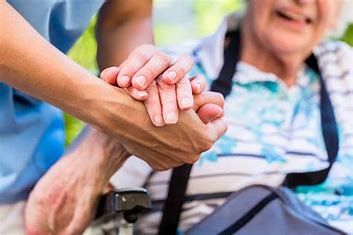
Anticoagulants, often called blood thinners, are medications that help prevent blood clots from forming or growing larger. They are commonly prescribed for conditions like deep vein thrombosis (DVT), pulmonary embolism, atrial fibrillation, and after certain surgeries.
There are different types of anticoagulants, including:
- Vitamin K antagonists (e.g., Warfarin) – These work by reducing the availability of vitamin K, which is essential for blood clotting.
- Factor Xa inhibitors (e.g., Apixaban, Rivaroxaban) – These block a key protein in the clotting process.
- Heparins – These are often used in hospitals and can be given via injection.
- Direct thrombin inhibitors (e.g., Dabigatran) – These prevent the formation of fibrin, a key component of blood clots.
Anticoagulants can be life-saving, but they also come with risks, such as increased bleeding, including a high risk of internal bleeding. If you’re taking them, it’s important to gain as much information on the medication the casualty is taking. Elderly people are prone to fall and be medicated with blood thinners.
